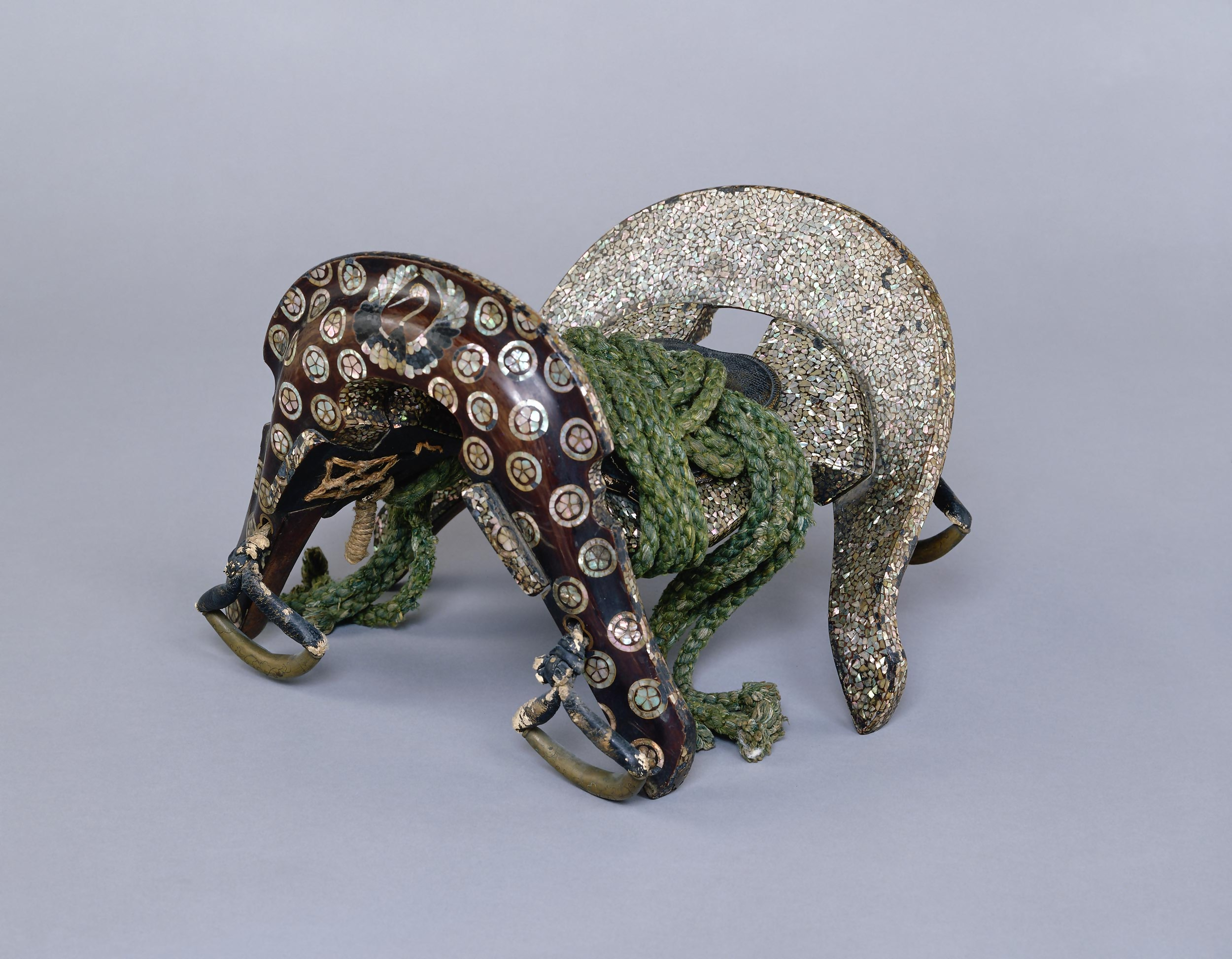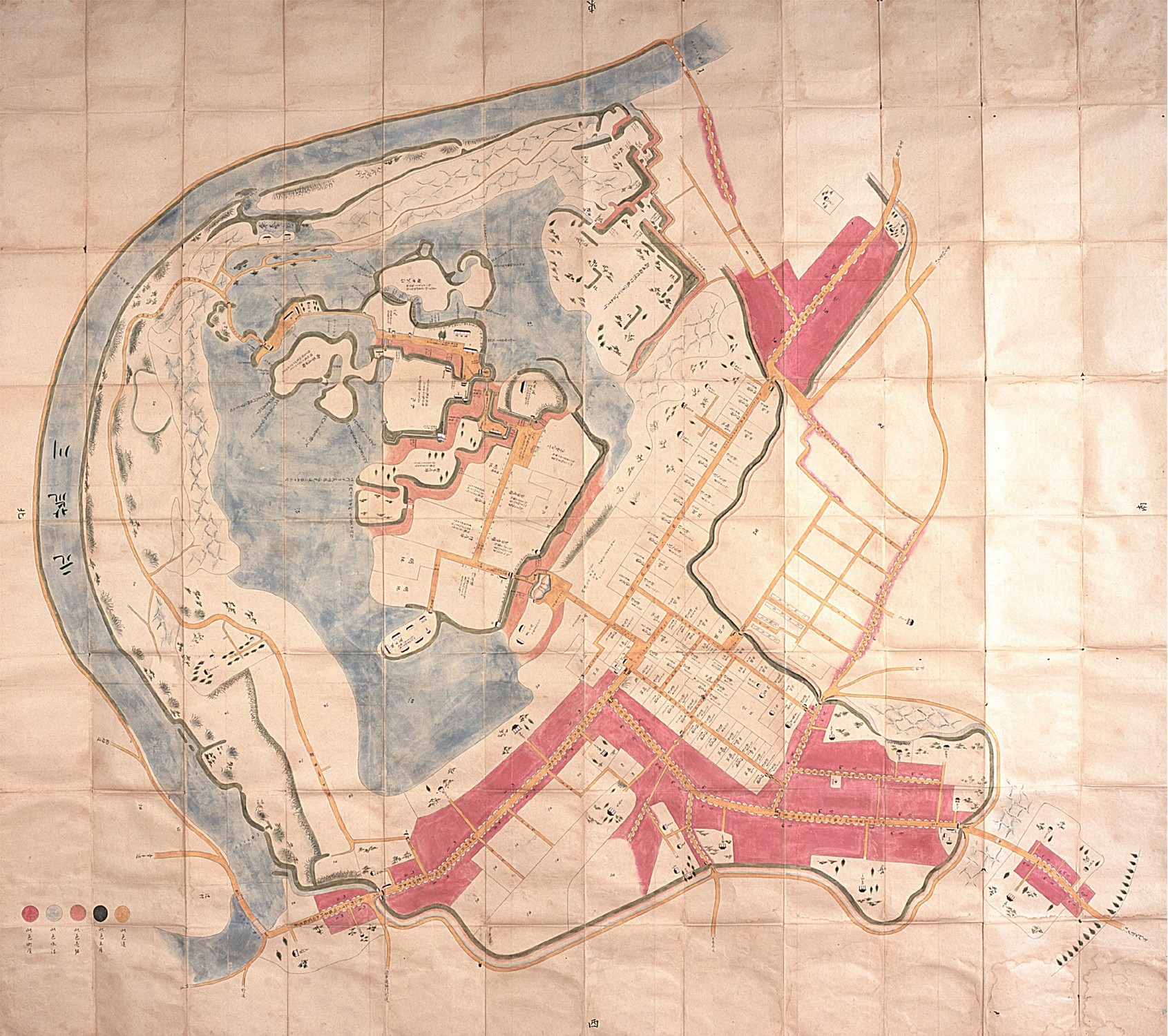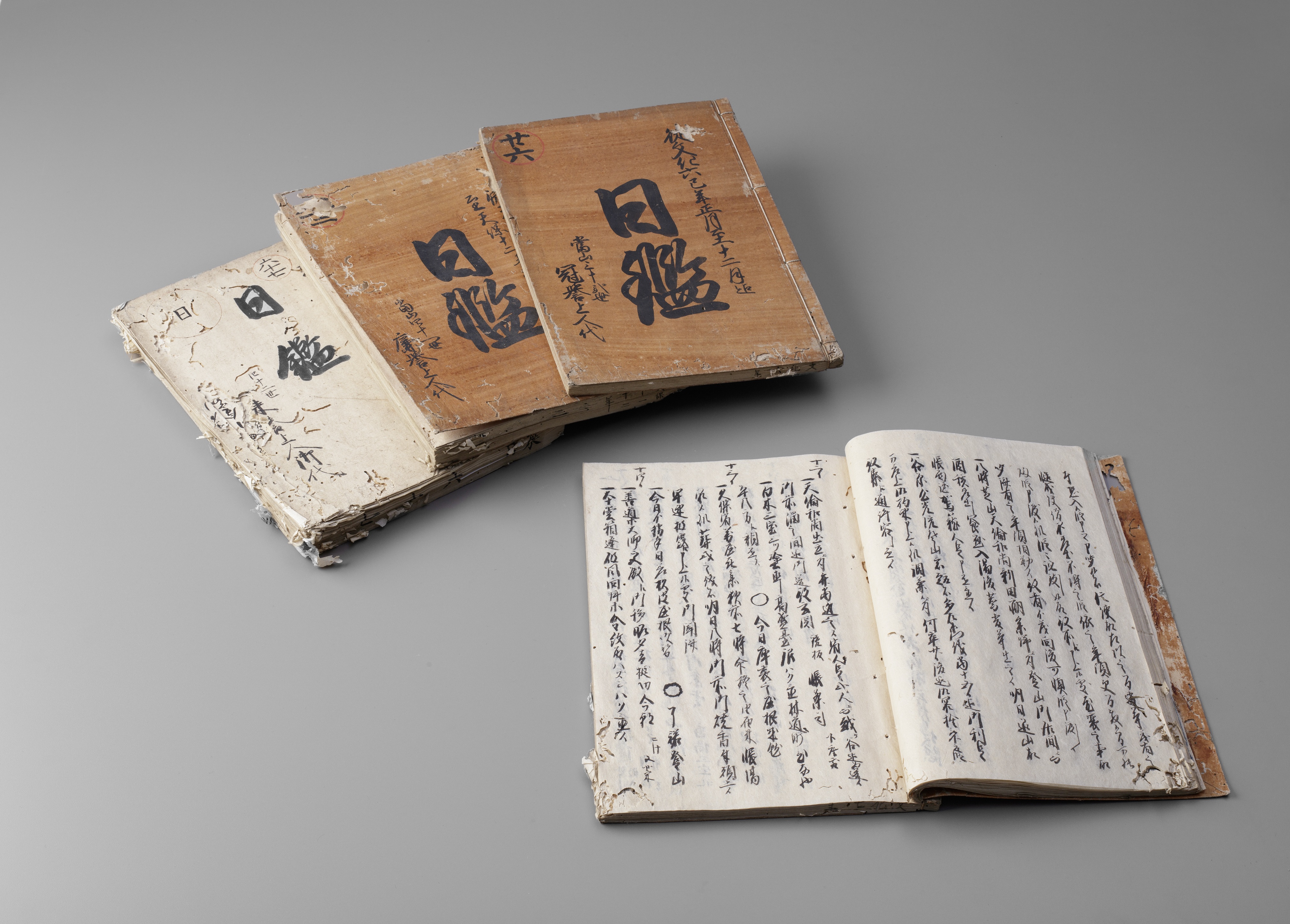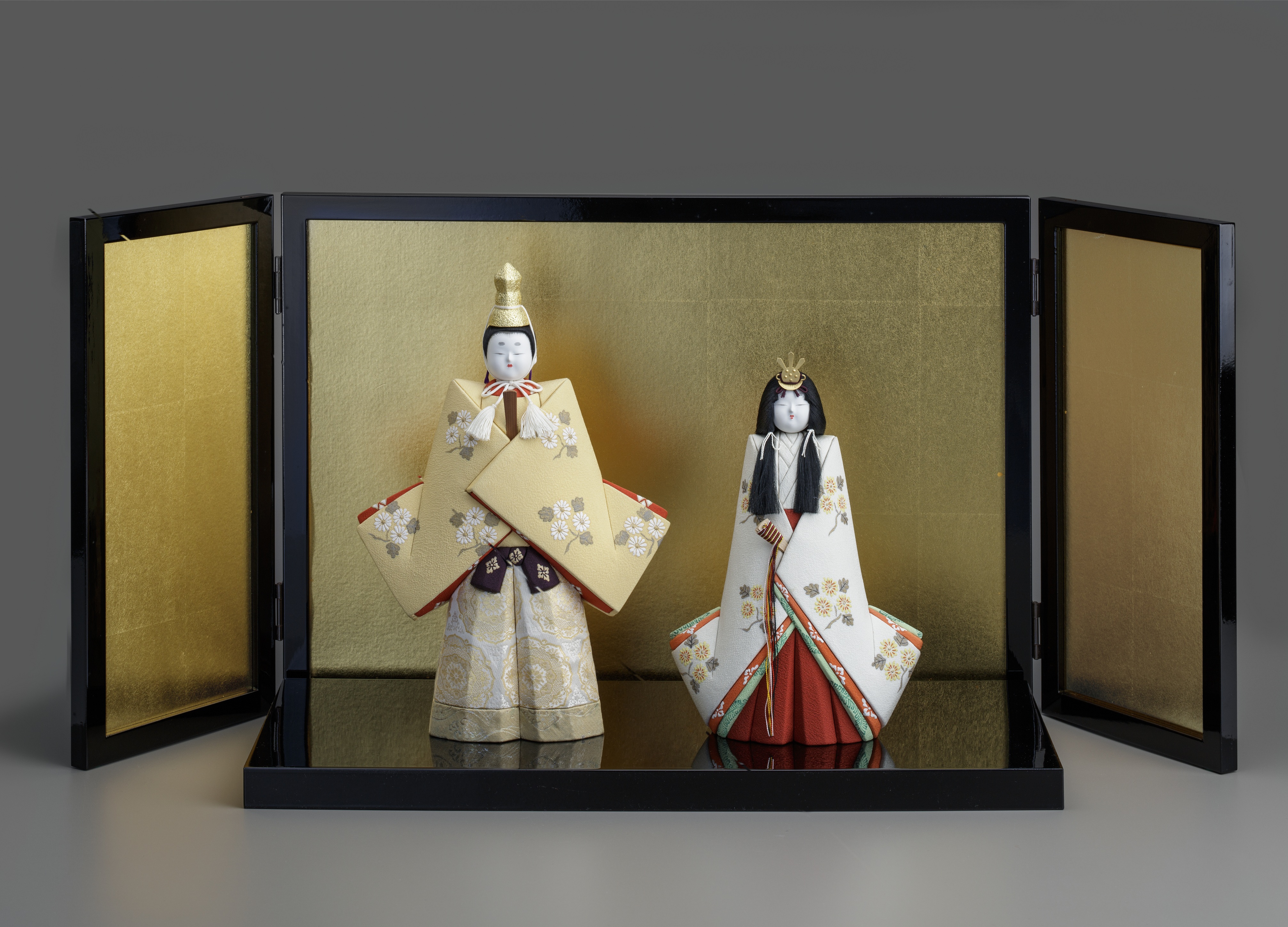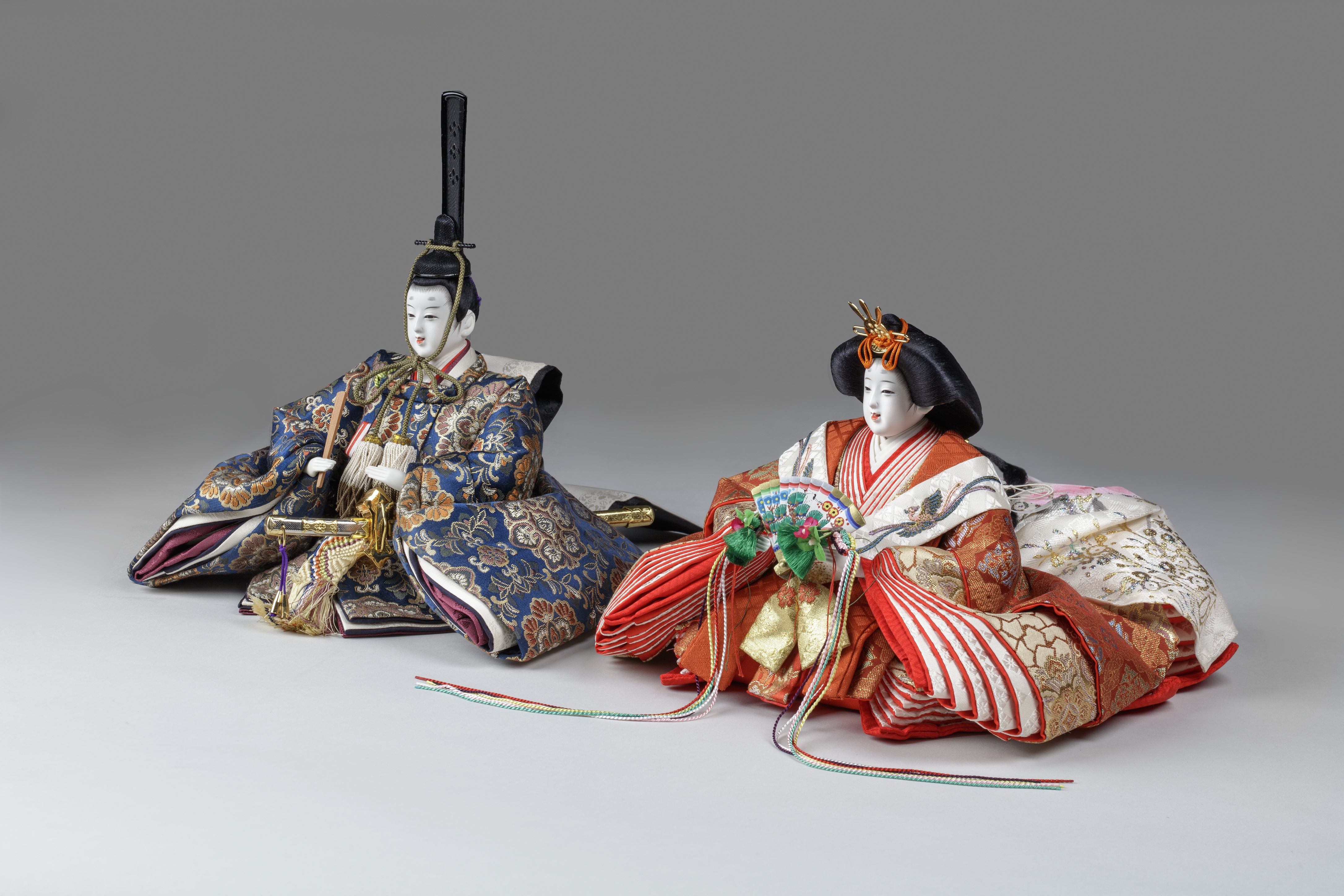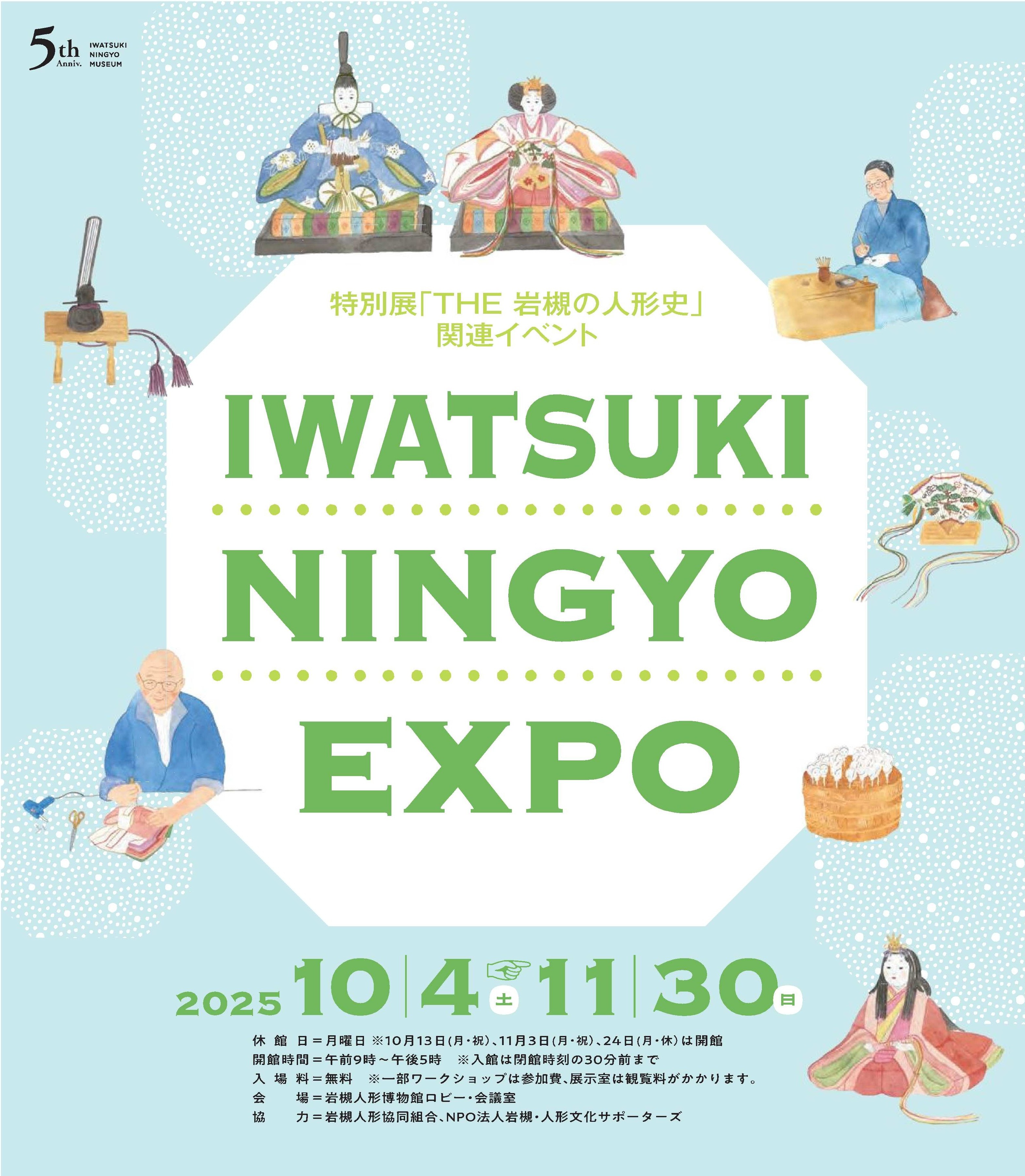企画展
開館5周年記念 特別展「THE 岩槻の人形史 ―受け継がれし人形、ここに見参!―」
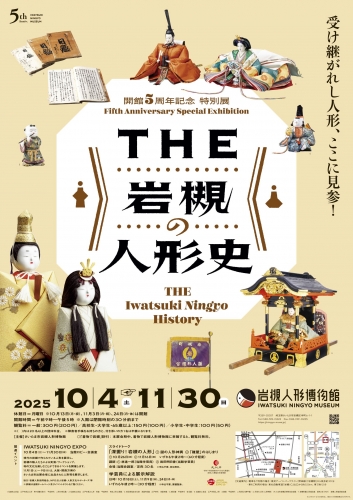
| 会期 | 2025年10月4日(土)~2025年11月30日(日) |
|---|---|
| 開館時間 | 午前9時~午後5時 ※入館は閉館時刻の30分前まで |
| 休館日 | 月曜日 ※10月13日(月・祝)、11月3日(月・祝)、24日(月・休)は開館 |
| 観覧料 | 一般300円(200円)、高校生・大学生・65歳以上150円(100円)、小学生・中学生100円(50円) ※( )内は20名以上の団体料金。 ※ 障害者手帳をお持ちの方と、付き添いの方1名は半額になります。 ◎「着物で岩槻」割引:会期中に着物で来館すると観覧料が無料になります。 |
| 主催 | さいたま市岩槻人形博物館 |
江戸時代、岩槻藩の城下町であり日光御成道の宿場町であった岩槻は、どのような足跡を辿り、
本展は、さいたま市岩槻人形博物館の開館5周年と岩槻区誕生20周年を記念し、岩槻の人形史を紹介する初めての展覧会です。
“人形のまち岩槻”の歴史を掘り起こし、岩槻で生まれた人形の魅力をお届けします!
-
新発見❢
岩槻における江戸時代の人形作りを示す古文書が発見されました。本展で初公開!.jpg)
覚(人形屋荒二郎の請求書) 幕末維新期 さいたま市アーカイブズセンター蔵
-
超必見❢❢
岩槻の地で受け継がれた人形を紹介します。謎の人形神輿を初展示!.jpg)
天保の人形(人形神輿) さいたま市岩槻区栄町自治会蔵
-
大集結❢❢❢
岩槻の匠が伝統的な技で生み出した人形を一堂に展示します。新作2点も初披露!
\岩槻ゆかりの貴重な文化財とともに、岩槻を代表する人形を展示します!/
関連イベント
スライドトーク「深掘り!岩槻の人形」
① 謎の人形神輿 ② 「雛屋」のはじまり
日時:① 10月26日(日)② 11月16日(日) いずれも午後2時~(1時間程度)
講師:① 林 進一郎(当館学芸員)② 岩田 明日香(当館学芸員)
会場:当館会議室
定員:30名 ※ 申込不要、参加無料
学芸員による展示解説
日時:10月18日(土)、11月9日(日)、24日(月・休)いずれも午後2時~(30分程度)
※ 申込不要、要観覧券。当日展示室前にお集まりください。
IWATSUKI NINGYO EXPO
現代の岩槻で作られている人形を展示し、岩槻の職人たちによる実演・ワークショップ、和の文化を楽しむことができるイベントを開催します。
期間:10月4日(土)~11月30日(日)
会場:当館ロビー・会議室
協力:岩槻人形協同組合、NPO法人 岩槻・人形文化サポーターズ 等
※ 11月1日(土)~9日(日)は、大阪・関西万博のさいたま市出展会場に出品された人形等を展示します。
展覧会図録販売中!
Fifth Anniversary Special Exhibition: THE Iwatsuki Ningyo History
Saitama takes pride in being the prefecture in Japan with the highest total shipments of hina ningyo and other ningyo for seasonal celebrations. Iwatsuki ward in the city of Saitama, is one of Japan’s most important ningyo production centers. Iwatsuki Ningyo and Edo Kimekomi Ningyo, both of which are made in Iwatsuki, have received the Minister of Economy, Trade, and Industry (METI)’s designation as Traditional Crafts. Stroll through this neighborhood and the signs for ningyo shops and workshops catch the eye. Here craftsmen are creating ningyo, every day.
In the Edo period, Iwatsuki was the Iwatsuki domain castle town and a post station on the Nikko Onari-michi, the pilgrimage route to the Nikko Toshogu, where Tokugawa Ieyasu is enshrined. In modern times, it flourished as a ningyo production center. In this exhibition, we reflect on Iwatsuki’s history, displaying materials related to the daimyo families that ruled the Iwatsuki domain, and then introduce the process of its transition from castle town to “Ningyo City.” The exhibition includes gorgeously costumed hina ningyo and charming Edo kimekomi ningyo, with their rich range of expressions, that Iwatsuki craftsmen, with their masterly skills, have created. We invite you to enjoy the world of ningyo, a quintessential aspect of Japan’s traditional culture.


